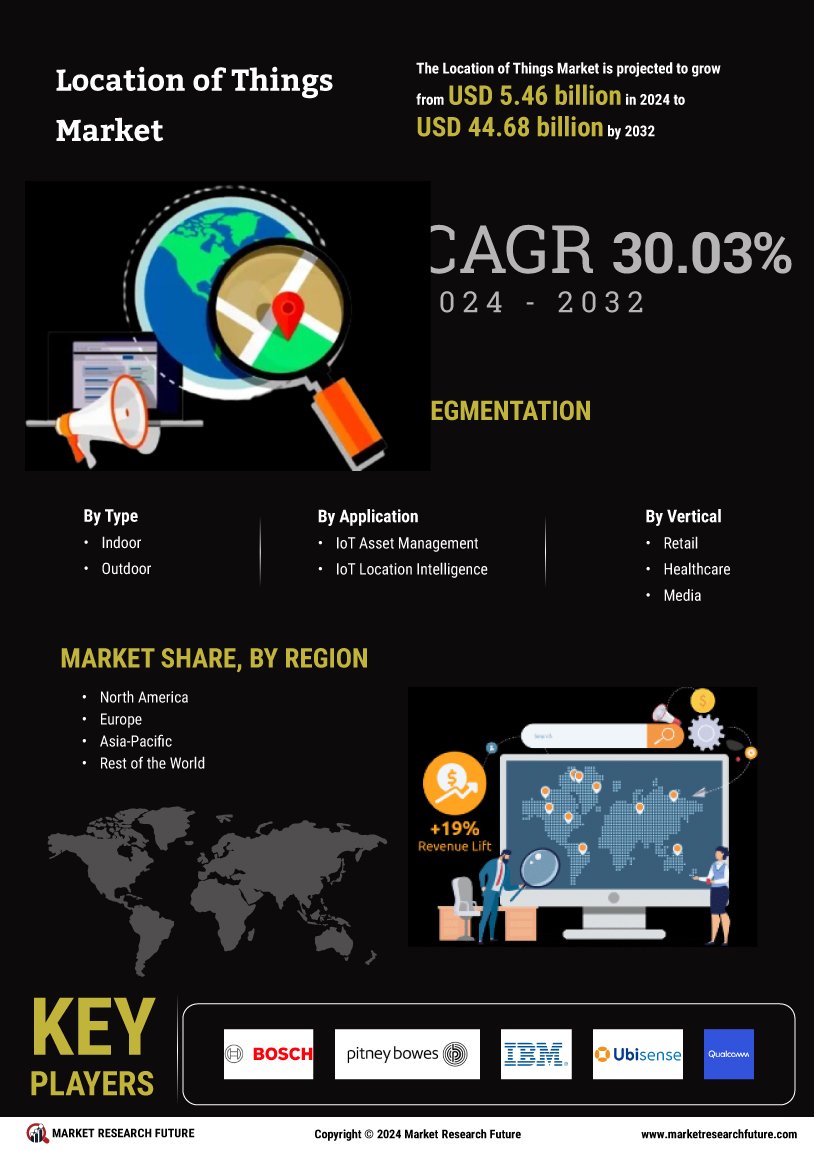Leading market players invested heavily in research and Development (R&D) to scale up their manufacturing units and develop technologically advanced solutions, which will help the Location of Things Market grow worldwide. Market participants are also undertaking various organic or inorganic strategic approaches to strengthen and expand their global footprint, with significant market developments including new Location Type portfolios, contractual deals, mergers and acquisitions, capital expenditure, higher investments, and strategic alliances with other organizations. Businesses are also coming up with marketing strategies such as digital marketing, social media influencing, and content marketing to increase their scope of profit earnings.
The Location of Things industry must offer cost-effective and sustainable options to survive in a highly fragmented and dynamic market climate.
Manufacturing locally to minimize operational expenses and offer aftermarket services to customers is one of the critical business strategies organizations use in the global Location of Things industry to benefit customers and capture untapped market share and revenue. The Location of Things industry has recently offered significant advantages to the IoT and M2M communication industry. Moreover, more industry participants are utilizing and adopting cutting-edge technology has grown substantially.
Major Location of Things Market players include Bosch Software Innovations Gmbh (Germany), Pitney Bowes (U.S.) IBM Corporation (U.S.) Ubisense Group Plc. (the U.K.) Qualcomm Technologies Inc. (U.S.) ESRI (U.S.) Wireless Logic (U.K.) Google Inc. (U.S.) Microsoft Corporation (U.S.) HERE (U.S.) is attempting to expand market share and demand by investing in R&D operations to produce sustainable, affordable solutions.
Cisco Systems, Inc. is an IT and communications firm that designs, manufactures, and sells Internet Protocol-based networking devices and services. The company operates in three regional segments: North America, EMEA, and Asia-Pacific. Switches, NMI & Modules, Routers, Optical Communication, Network Points, Next-Generation Firewalls, Sophisticated Malware Protection, VPN Clients, and Web Security are among its product categories. Sandra Lerner and Leonard Bosack formed the firm on December 10, 1984, headquartered in San Jose, California. Cisco Systems and Microsoft collaborated in March 2020 to merge their IoT hub offering with Cisco-Edge-to-Microsoft-Azure.
It will help in the creation of a wide range of corporate applications.
Amazon Web Services is the globe's most complete and widely used cloud, with over 200 advanced features available worldwide from data centers. It comprises several cloud-based services that anyone may combine to meet the demands of your business or organization. It established a collaboration with HERE, Semtech, and MaxMind on December 13, 2022, to provide inexpensive geographic location track-and-trace features in the AWS IoT Core aimed at low-power IoT gadgets. In addition, AWS has developed an IoT core device position for inexpensive tracking, providing low-power options to GNSS-based position tracking.


















Leave a Comment